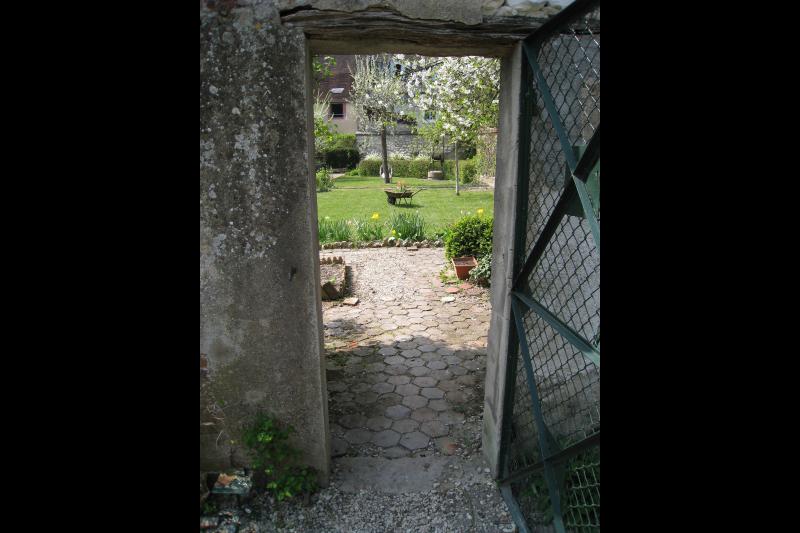
In his latest book, The Universal Christ, Richard Rohr speaks of the centrality of relationship. “My trinitarian faith says that God is Relationship Itself,” he writes. “The names of the three ‘persons’ of the Trinity are not so important as the relationship between them. That’s where the power is at.” He characterizes our human love relationships as a sort of “school” that prepares us for relationship with God, and he defines Grace as “just the natural loving flow of things when we allow it, instead of resisting it.”
In my 41 years as a Sacred Heart educator on the Atherton campus, the word “relationship” was constantly invoked to describe the essence of our educational philosophy. I still use it when speaking with educators at our schools in North America. When Sacred Heart education is hitting on all cylinders, this relational, loving energy is flowing between and among all its constituent parts. Relationship informs every corner of life at a Sacred Heart school, whether it’s the classroom or the faculty room, the athletic field or the dramatic stage. It transforms the student and adult communities as they move beyond campus borders into the domains of social justice and service learning. Ideally, the combined impact of this energy engenders connection with the transcendent—experienced explicitly through espacio or liturgy or other prayer activities, and implicitly through a growing personal awareness of the sacred that surrounds us everywhere. To my mind, this is what distinguishes our institutions and our graduates.
Unlocking this natural flow of love was, of course, at the very heart of St. Madeleine Sophie’s educational vision. Her extraordinary relationship with God led her to imagine schools wherein her sisters and her students would be allowed to perceive, receive, and transmit the endless flow of God’s love. In order to achieve what she did, her own capacity for forming human relationships must have been phenomenal. I often think of her during those lonely years of 1839-41, when schism threatened the Society and her dearest friends and colleagues—insisting that she take sides—stopped talking to her. What this must have cost her I cannot imagine. But her profound connection with God’s Sacred Heart; her ability to listen to that divine flow of energy despite the silence that surrounded her; her ultimate trust in her “inner Christ” (as Rohr puts it) saved the Society and allowed her schools to survive and thrive as a truly international institution.
As we move further into this third century of Sacred Heart education, let us aspire to embody the relational—in our personal lives, in our schools and networks, in whatever larger context we live and work. Let us listen to our own “inner Christ” as we extend Sophie’s vision, each in our own way. May her dream of inspiring others to adore the Sacred Heart of Jesus be felt within our own lives as we seek to generate and sustain the natural loving flow of things.
Reflection: Connie Solari, Educator at Sacred Heart Schools, Atherton, 1972-2013; Author of “Sophie’s Fire”; speaker and retreat facilitator for Sacred Heart Network schools Image: the garden door at Madeleine Sophie Barat’s family home in Joigny, France, photographed by Connie Solari, while she lived in the home, researching and writing “Sophie’s Fire”



